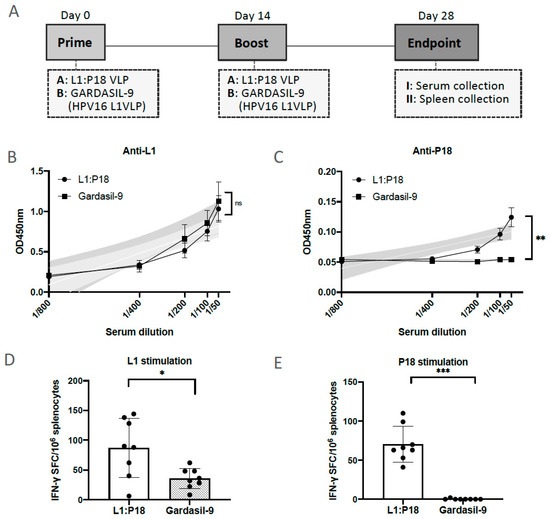Zrv 16 Virus Inhibition Of Hrv Infection By Ngf Gene Silencing Ngf Transcripts
Learn about the zrv 16 virus, a sophisticated and dangerous malware that can harm your devices and data. Pandoravirus yedoma, 48,500 years old, is the longest frozen virus to become infectious. Find out how it works, how to detect it, and how to protect yourself from it.
Inhibition of HRV 16 infection by NGF gene silencing. NGF transcripts
Warmer temperatures in the arctic are thawing the region's permafrost — a frozen layer of soil beneath the ground — and potentially stirring viruses that, after lying dormant for tens of The new strain has one of 13 viral genomes. Abstract genomic sequence analysis of zoo ranavirus (zrv) suggests it is a strain of bohle iridovirus (biv), a virus that was first detected in, and thought to be confined to, australia.
The virus was isolated, sequenced, and compared with other ranaviruses, and the implications for amphibian conservation are discussed.
Interestingly, there issomething called zrv, or zoo ranavirus, that exists in the animal world. It's not some secret government project, but it does remind us how fragile ecosystems can be when a virus spreads unchecked. Genomic sequence analysis of zoo ranavirus (zrv) suggests it is a strain of bohle iridovirus (biv), a virus that was first detected in, and thought to be confined to, australia. The zachariah retrovirus 16 or zrv 16 virus was responsible for the zombie outbreak in 2028
Zoo ranavirus (zrv) is a novel iridovirus that caused a fatal outbreak in endangered boreal toads in 2010. Zrv is most similar to bohle iridovirus (biv), which infects anurans and fish, but its origin and persistence are unclear. Phylogenetic analyses of the full genomes confirmed that the two isolates were nearly identical and strains of the species frog virus 3. Genomic sequence analysis of zoo ranavirus (zrv) suggests it is a strain of bohle iridovirus (biv), a virus that was first detected in, and thought to be confined to, australia.

Zoo ranavirus isolate 040414 (zrv) mk227779:
German gecko ranavirus (ggrv) kp266742: Scientists have discovered a new type of virus in siberian soils. It's the largest virus ever discovered. It could infect cells even after 30,000 years in cold storage.
Stephen ornes lives in nashville, tenn., and his family has two rabbits, six chickens and a cat. Scientists have revived a 'zombie' virus that spent 48,500 years frozen in permafrost and came from a sample of earth taken from an underground lake 16 meters (52 feet) below the surface. Ranaviruses are emerging pathogens associated with worldwide epizootics in farmed and wild ectothermic vertebrates. In this study, we determined the full genomes of eight ranaviruses isolated from

The zrv 16 virus also known as the zombie apocalypse virus is created in the eastern london england in 2028.
On may 16th, 2028 at 4: 03pm the zrv 16 virus is accidentally released in the uk sparking the beginning of the zombieapocalypse. We would like to show you a description here but the site won't allow us. New research finds that the british variant is likely to be linked to a higher risk of hospitalization and death, laying bare the danger facing countries that ease restrictions.
The first ranaviruses were isolated from northern leopard frogs (lithobates pipiens) from the midwest usa in the 1960s (granoff et al. 1968).one of these viruses, isolated from a frog with adenocarcinoma, was designated frog virus 3 (fv3; 1965), and became the type species of the genus, ranavirus.while many aspects of fv3 virology were well characterized in We would like to show you a description here but the site won't allow us.

The virus emerged as a result of permafrost thawing.


/hiv-viruses--illustration-685027555-5a219e885b6e24001a632a6b.jpg)



